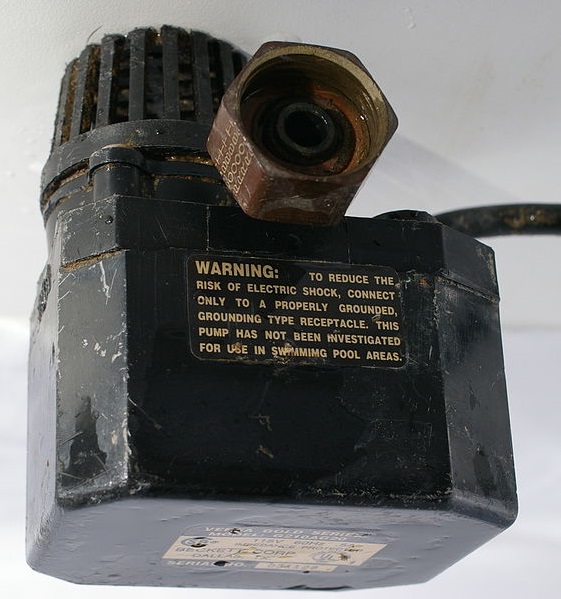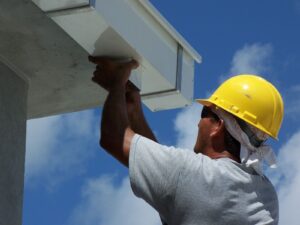Pro TIps
Prepare Your Basement For Summer Flooding
Summer months can bring heavy rainfall, and with heavy rainfall comes the risk of basement flooding. This can happen for a number of reasons, but it’s usually the result of water following the path of least resistance. That path often leads right to the exterior walls of your basement, where it can saturate the ground and eventually make its way inside.
There are several precautionary steps you should take to prepare for flooding, but there are also ways you can prevent it from happening in the first place.
Prepare for the Worst
The only thing worse than standing water in a basement is standing water and sewage. Sometimes, sewer systems can be overwhelmed by rainwater and back up into your basement. A backwater valve prevents this. It automatically closes if sewage starts backing up into your lines.

If you don’t already own a sump pump, it would be a wise investment. The system includes a sump pit, pump, and discharge pipe. The pit is placed in your basement, where it collects water from your weeping tiles. The water is then pumped through the discharge pipe, well away from your home. It should be directed towards land where it will be easily reabsorbed into the ground, such as a flowerbed or your lawn.
Prevention is Key
Obviously, it would be ideal to never have to deal with a flooded basement to begin with. Flood restoration is expensive and time consuming, so it’s incredibly important that you take as many preventative measures as possible. Fortunately, there are numerous things you can do to determine what kind of steps you should be taking to prevent basement flooding, and many of them require little effort and, in some cases, no money.
Refer to Flood Plain Maps
First, you should consult with Pittsburgh’s flood plain map (other cities can go here), which details each community’s risk for flooding. FEMA determines how likely it is for an area to flood by studying rainfall, storm tides, and river flow and then comparing that to its topographical information.
Check Gutters and Downspouts

Next, examine your gutters and downspouts. Keep your gutters free of debris so water can move freely through them, and make sure your downspouts are directing water at least 6 feet away from your foundation. If your downspouts aren’t carrying water far enough away, downspout extensions are inexpensive and easy to install.
Consider Lot Grading
When it rains enough to produce standing water, take a walk around the outside of your house. Does water pool right next to your home? It’s possible that your land slopes toward the foundation of your house, causing water to flow downwards and settle against the weeping tile of your basement. Over time, this can cause your foundation drainage system to become overwhelmed, resulting in flooding.
This sloping is simply the result of time and land’s tendency to settle. While you can’t prevent it, you can treat it through lot grading or shaping the land such that water flows away from your home rather than to it. A good rule of thumb is to grade the land at least 6 feet out from the foundation so water will almost certainly be redirected elsewhere. Just make sure you aren’t sending it over to your neighbor’s property!
Of course, before you do this, you should be aware of any Pittsburgh grading guidelines that may be in place by contacting the city. Furthermore, if you don’t have the experience or equipment for this project it may be best to hire professionals to do it for you.
Dig a Swale
Alternatively, you could opt to dig a swale, which is essentially a ditch designed to catch water runoff. A swale should be dug at least 6 feet away from your house, between where your land slopes inward and your foundation.
Preventing a disaster before it occurs is the surest bet to save you a major headache in the future. You won’t regret taking a few minutes out of your day to assess your home to determine the likelihood of basement flooding.
